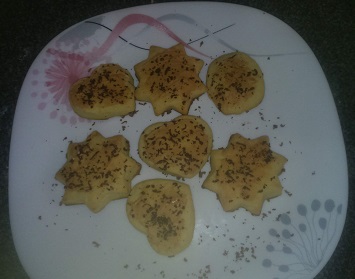Today, we're delving into the mesmerizing world of beadwork, where tiny masterpieces come to life, one colorful bead at a time! As a firm believer in the magic of hands-on learning, I'm thrilled to share how beadwork can ignite creativity and enhance the development of our little ones. Beadwork, with its meditative rhythm and endless possibilities, is so much more than just a delightful craft. It cultivates fine motor skills, hand-eye coordination, and patience while also nurturing an appreciation for artistic expression. And the best part? It's a skill that both boys and girls can enjoy, creating dazzling bracelets, necklace, and decorative items!
Before we dive into the creative process, let me share a personal story. When my children first started beadwork, they were fascinated by the vibrant colors and intricate patterns. It was like watching budding artists find their voice! As we sat together, she began to experiment, creating unique designs, and the sense of accomplishment was truly heartwarming.
Now,
let's get started on the step-by-step beadwork adventure!
First, gather your materials: an
assortment of colorful beads, thread or string, and a needle (if
age-appropriate). You can find beadwork kits specially designed for kids at
craft stores or online, making it a breeze to get everything you need.
Step 1: Design Delight
Encourage your child to unleash
their creativity by sketching their beadwork design on paper. This step allows
them to visualize their project before diving into the enchanting world of
beads.
Step 2: Stringing Magic
With their design ready, it's time
to bring it to life! Show them how to thread the needle or string through the
beads, and watch as their little hands weave a magic spell, creating intricate
patterns and harmonious color combinations.
Step 3: Patience and Precision
As they thread each bead, teach
them the art of patience and precision. Every bead matters, and their focus
will grow as they see their masterpiece coming together, bead by bead.
Step 4: Finishing Flourish
Once the design is complete, it's
time to tie a knot and secure the beads in place. You'll witness a spark of
pride in their eyes as they hold their finished beadwork, a tangible
representation of their artistic talent.
But wait, there's more! The
benefits of beadwork extend beyond creativity and dexterity. Through this
captivating craft, kids learn essential life skills such as perseverance,
problem-solving, and following instructions. It's a craft that fosters
independence and decision-making, as they choose colors and patterns that
reflect their unique personalities.
As you venture into the world of
beadwork with your little ones, I encourage you to explore various resources to
enhance their skills further. There are countless tutorials and patterns
available online, providing endless inspiration for your young artists.
On to the word of board games ... Learning and Fun with Board Games for Kids
































